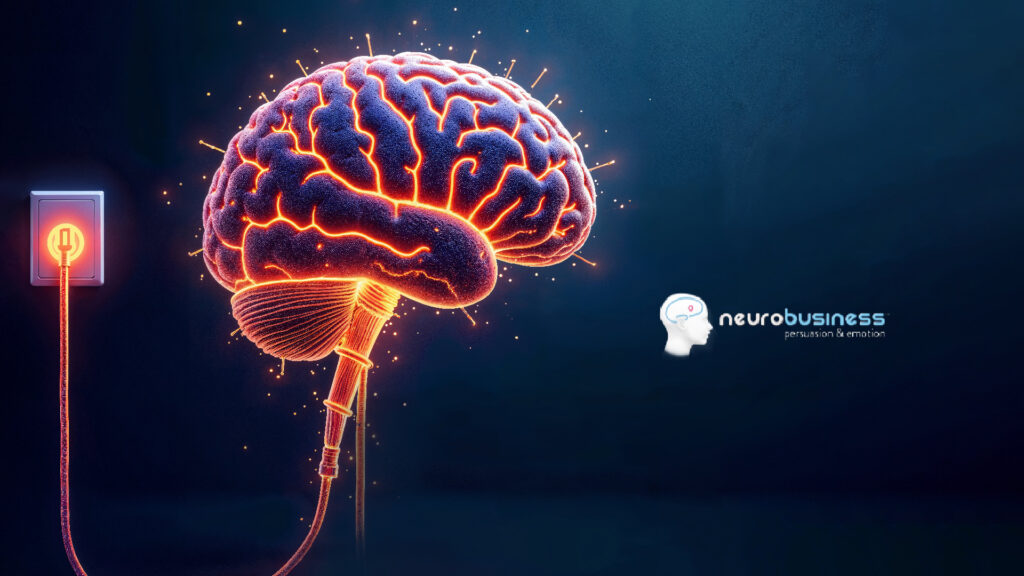
Discover the Secret of the ‘Flow State’
Have you ever reached the end of a workday and, despite nonstop effort, your to-do list remains just as long? Or perhaps you’ve felt that sense of exhaustion where your mind seems stuck on autopilot, and no task truly grabs your attention. If you’re between 25 and 50 years old and work in a company, this routine might feel all too familiar. Constant pressure and endless tasks can make any job feel like a never-ending race.
So, is there a way to work with more enjoyment, focus, and even achieve better performance without burning out? This is where the flow state comes in. While it might sound like a productivity trend, flow is actually a scientifically grounded cognitive state that can transform the way we work.
What Is the Flow State?
The flow state is a mental condition where you’re so deeply immersed in an activity that time seems to fly, and your mind enters a kind of “high-performance autopilot.” According to a study by David Melnikoff’s team, flow occurs when there’s an increase in “mutual information” between your goals and the means to achieve them¹. Simply put, when your goals are clear and you know how to reach them, your mind enters an “optimal mode” where concentration and enjoyment intensify, making even the most challenging tasks feel rewarding¹. Furthermore, studies show that being in flow can boost creativity by up to 45%, improve learning by 500%, and increase productivity by 200% to 300%².
What Does It Feel Like to Be in Flow?
Being in a flow state feels like stepping into your own universe. Background sounds and distractions fade away, as if someone turned down the volume of your surroundings. Everything seems sharper—even the light around you. Your hands move over the keyboard or while jotting down notes almost automatically, as though you don’t have to think too much. Anxiety and self-criticism—the voices that usually remind you of everything pending—go silent.
Your senses become heightened, almost as if your entire body is aligned with your intention. You feel a vibrant, warm energy in your chest, and time behaves strangely: sometimes it feels like minutes have passed when hours have gone by, or vice versa. That challenging task, which might have seemed intimidating before, turns into an engaging puzzle, and instead of draining you, it seems to recharge you as you progress. When you finally step out of this state, you’re left with a deep sense of satisfaction—a calm mixed with the amazement of having surpassed yourself without even realizing it³.
The Neuroscience of Flow: What Happens in Your Brain?
Flow isn’t just a motivational concept—it’s a physical state deeply rooted in your brain’s biology. Research by Kazuki Yoshida and other scientists reveals that during flow, the prefrontal cortex activates intensely⁴. This brain region is tied to emotional and reward processing, explaining why we feel pleasure and gratification while “in the zone.” As we immerse ourselves in a challenging task, this part of the brain processes the balance of challenge and reward, contributing to the feeling of complete absorption⁵.
Additionally, Steven Kotler and his team suggest that entering flow triggers the release of neurotransmitters like dopamine and norepinephrine, which not only heighten focus but also create a natural “high” that drives you to keep going⁶. It’s as if your brain rewards your effort with a surge of internal motivation, reducing perceived effort while enhancing satisfaction⁷. It’s no wonder that people in flow report up to 50% less stress and up to 90% more satisfaction in their tasks⁶.
How to Achieve the Flow State at Work
Reaching a flow state might seem beyond your control, but research suggests otherwise. Here are some practical steps to help you get there:
- Set Clear and Realistic Goals: Define what you want to achieve and break it down into smaller steps. If your goals are vague or seem impossible, flow will be out of reach⁷.
- Find the Balance Between Challenge and Skill: Flow tends to emerge when your skills match the challenge at hand. If a task is too easy, you’ll get bored; if it’s too hard, you’ll feel anxious. When the balance is just right, your mind engages and commits to the task⁸.
- Minimize Distractions: Flow is highly sensitive to interruptions. Once you’re focused, any notification or distraction can pull you out of it. Dedicate periods of time free from notifications and isolate yourself to focus fully⁹.
- Identify High-Energy Moments: Take advantage of times during the day when you feel most energetic to tackle complex tasks. Your physical energy and state influence how easily you can enter flow, so listen to your body and organize your tasks around your natural rhythms¹⁰.
- Focus on the Process, Not the Outcome: According to Clara Alameda and her team’s analysis, those who experience flow are often so immersed in the activity that they forget about the result. This “here and now” focus reduces stress and allows your mind to let go of external pressures, centering on what you can control¹¹.
References
- Melnikoff D, Carlson RW, Stillman PE. A computational theory of the subjective experience of flow. Cognition. 2022;225:105081.
- Kotler S. The Art of Impossible: A Peak Performance Primer. Harper Wave; 2021.
- Nakamura J, Csíkszentmihályi M. Flow and the Foundations of Positive Psychology. Springer. 2014:239-63.
- Yoshida K, et al. Brain activity during the flow experience. Neuroscience Research. 2021;168:31-8.
- Dietrich A. Neurocognitive mechanisms underlying the experience of flow. Conscious Cogn. 2004;13(4):746-61.
- Kotler S. The Rise of Superman: Decoding the Science of Ultimate Human Performance. Houghton Mifflin Harcourt; 2014.
- Leroy A, Cheron G. EEG dynamics and neural generators of psychological flow. Exp Brain Res. 2020;238(6):1323-38.
- Jackson SA, Marsh HW. Development and validation of a scale to measure flow state. J Sport Exerc Psychol. 1996;18(1):17-35.
- Nakamura J, Csíkszentmihályi M. Handbook of Positive Psychology. Oxford University Press; 2002.
- Kotler S. The neurobiology of flow states. Front Psychol. 2019;10:1973.
- Alameda C, Sanabria D, Ciria LF. The brain in flow: Neural basis of flow state. Neurosci Biobehav Rev. 2022;136:104588.
Continue reading more articles: https://neurobusiness.us/blog/


